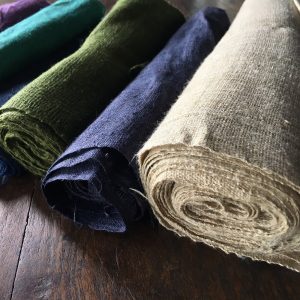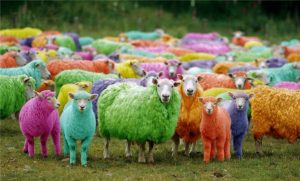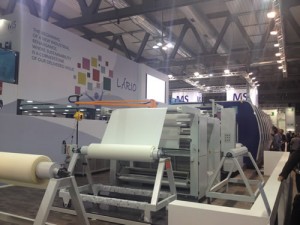Is hemp a more sustainable textile fibre than cotton?

Hemp is an environmentally friendly and sustainable alternative for textiles. There are many promotional and interesting stories about hemp on the various blogs and eco fashion website1. One source claims that hemp is superior to cotton in all aspects and “a major game changer for our world“2. Social entrepreneurs are watching closely the emergence of industrial hemp as alternative, more sustainable fibre source. By searching for hemp in google, the reader will easily find dozens of websites promoting the use of hemp for textiles. But is this realistic?
Advantages of hemp fibers
Hemp fans claim a variety of advantages: hemp fibers are antibacterial, durable and resilient, and work as a natural air-conditioning system. Hemp is a fast-growing plant that consumes significantly less water than cotton and does not require herbicides, pesticides, synthetic fertilizers or GMO seeds.
To read the full article, please login. The full content of this article and all premium articles is available exclusively for site members.
Site membership is free. If you are an existing user, please login. New users may register below.



